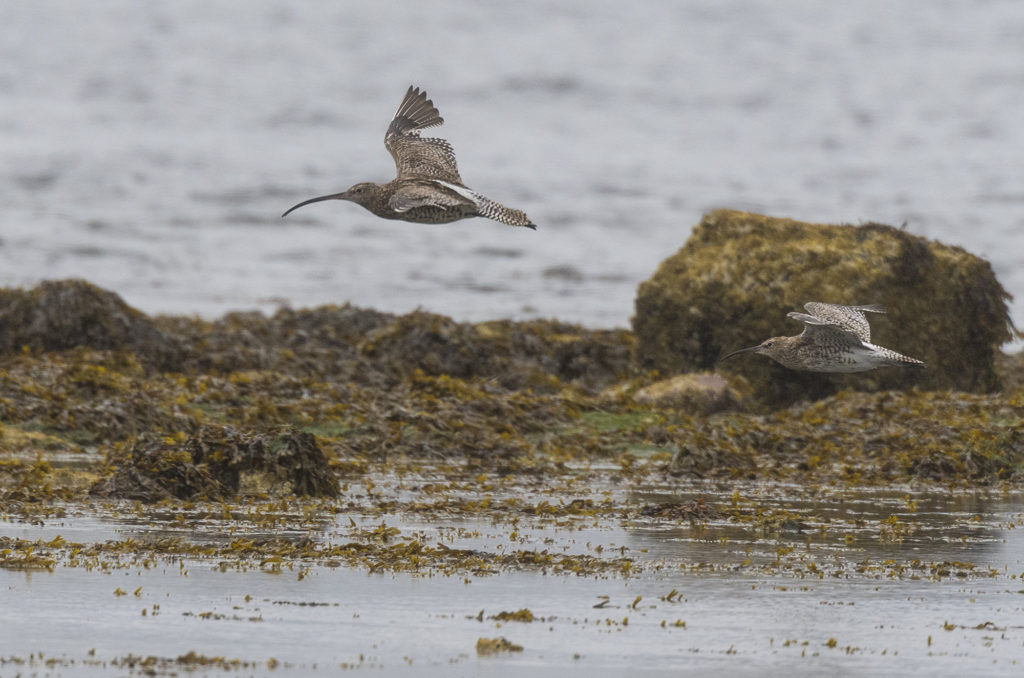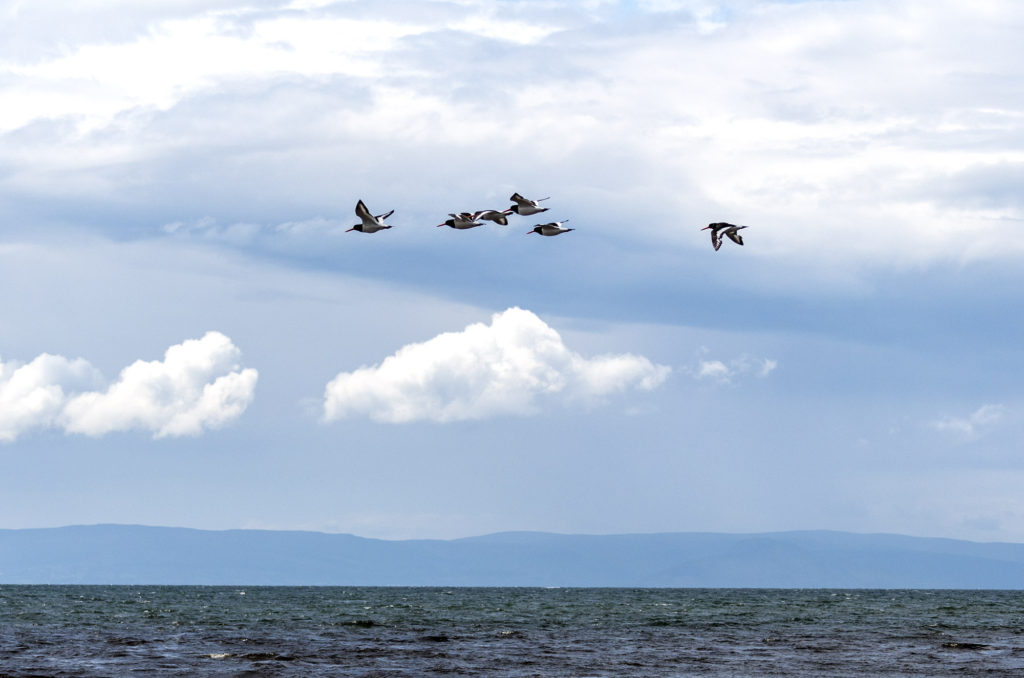If you follow me on Instagram, you may remember that back in June I enrolled on a short online training course organised by the British Trust for Ornithology to help me with my bird identification skills. From that, I picked up some top tips on memorising the calls of different species and the number of birds I can now recognise by sound alone has increased. So, when they announced another two training courses on identifying wildfowl and waders, I was quick to sign up.
After completing the wildfowl course last week, I got stuck into wader ID skills and was happy to see the stunning curlew on the list of species we would be looking at.
I always feel incredibly happy to see – or just hear – a curlew. Luckily, they are a species that I can see regularly near where I live. However, I never take this for granted as they are classified in the UK as Red under the Birds of Conservation Concern 4: The Red List for Birds (2015), they are a Priority Species under the UK Post-2010 Biodiversity Framework and are listed as Near Threatened on the global IUCN Red List of Threatened Species. We have lost 65% of our curlews since 1970 due to predation and changes to farming practices. However, the UK’s breeding population is still estimated to represent more than 30% of the west European population.
Curlews are easily recognised by their magnificent downcurved beak and distinctive, fluting calls. However, we were told last night to remember that beak length still varies between individual birds and female curlews have a longer beak. You can clearly see the difference in beak length between the birds in the image below. I captured this on a recent trip to Lunderston Bay. It was a very grey and drizzly day, but I was delighted to see many curlews feeding, along with ringed plover and oystercatchers.

Talking of oystercatchers, the image below was only possible because I instantly recognised the familiar noisy calls of these birds coming from behind me as we walked along Ayr Beach back in June last year. I spun around just in time to get them in focus for this shot before they sped past us. I particularly like the cloud formations in this image and the backdrop of the Isle of Arran.

During the breeding season, oystercatchers can be found inland due to populations moving along our waterways. They have been known to nest on rooftops in Scottish towns and cities and, during our lockdown walks, we spotted one a couple of times on our local golf course, which is next to a river. We later spotted a family of two adults and a juvenile on a large grass verge next to a roundabout a few minutes from our flat on the southside of Glasgow. A few times their distinctive peeping call could be heard as they flew over our road. It was nice to have these unusual visitors to our streets, although also a little stressful as I was terrified that they were going to get hit by a car!

